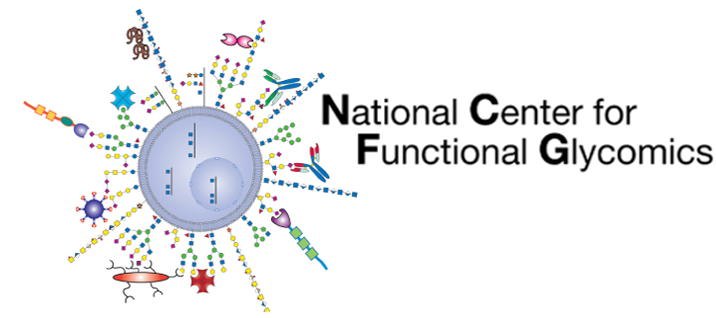Glycoscience is the broad study of the chemical structures and biological functions of complex glycoconjugates and encompasses the specialized areas of glycomics and glycobiology. The area is relatively new, but interest is rapidly growing due to the recent explosion of information about the biological roles of glycans and post-translational modification of proteins by glycosylation in biological and disease processes. Researchers in this field predict that we are on the edge of a vast frontier of knowledge that will lead to a profound appreciation about the roles of complex glycoconjugates in nature and how they participate in all aspects of biology, health, and disease. This generational change will be analogous to that witnessed for genomics and proteomics in the past decades. However, the technologies and concepts required for successful research in the glycosciences are relatively unique. A wide variety of biomedical investigations benefit by insights emerging from the field of glycoscience, particularly when access to the unique intellectual and technical resources of a Center are available.
With the explosion of information about the genome and proteome came the realization that most proteins are post-translationally modified with glycans, that glycan biosynthesis and degradation are critical for normal cellular functions, and that altered glycosylation is associated with dysfunctional biology and disease. Genetic studies in animals and humans contributed to this realization along with studies in infectious disease showing that microorganisms commonly utilize glycans as receptors for infection and colonization. By the early 2000s the National Institutes of Health in the USA and other organizations around the world began to recognize the importance of research into the glycosciences, and helped to establish new programs and centers focused on deciphering the structures and functions of glycans and glycoconjugates.
For more information on the topic of Glycobiology and Glycosciences, please refer to the following text:
http://www.ncbi.nlm.nih.gov/books/NBK1908/
Additional information on our work can be found under the Publications tab.
